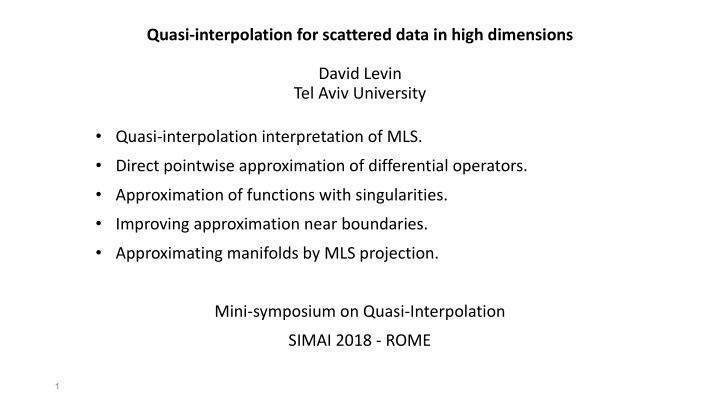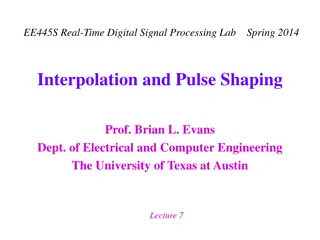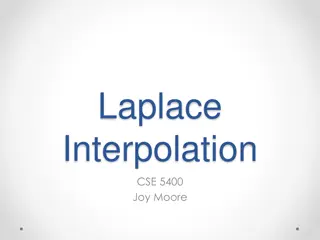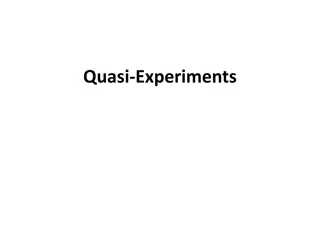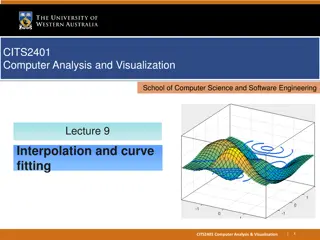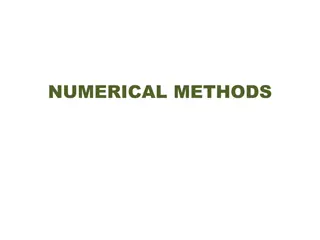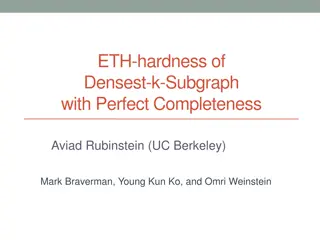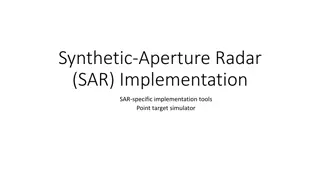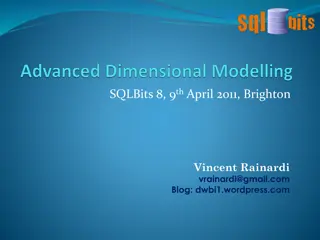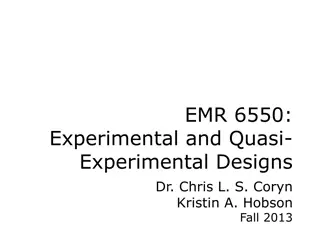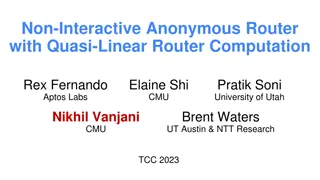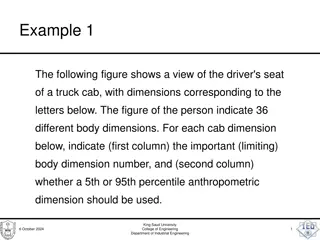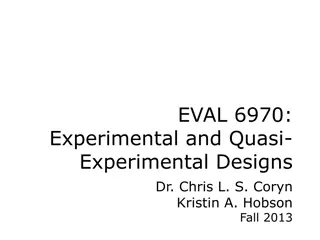Quasi-Interpolation for Scattered Data in High Dimensions: Methods and Applications
This research explores the use of quasi-interpolation techniques to approximate functions from scattered data points in high dimensions. It discusses the interpretation of Moving Least Squares (MLS) for direct pointwise approximation of differential operators, handling singularities, and improving approximation near boundaries. The study also delves into approximating manifolds and achieving high-order approximations for non-smooth multivariate functions.
Download Presentation

Please find below an Image/Link to download the presentation.
The content on the website is provided AS IS for your information and personal use only. It may not be sold, licensed, or shared on other websites without obtaining consent from the author.If you encounter any issues during the download, it is possible that the publisher has removed the file from their server.
You are allowed to download the files provided on this website for personal or commercial use, subject to the condition that they are used lawfully. All files are the property of their respective owners.
The content on the website is provided AS IS for your information and personal use only. It may not be sold, licensed, or shared on other websites without obtaining consent from the author.
E N D
Presentation Transcript
Quasi-interpolation for scattered data in high dimensions David Levin Tel Aviv University Quasi-interpolation interpretation of MLS. Direct pointwise approximation of differential operators. Approximation of functions with singularities. Improving approximation near boundaries. Approximating manifolds by MLS projection. Mini-symposium on Quasi-Interpolation SIMAI 2018 - ROME 1
The problem and goals Given function values at scattered points in ? ??, we want to approximate the function at any point in ?. Quasi-Interpolation operators are of the form: ? Qf(x)= ?=1 ??(x)f(??) . Desired properties of the quasi-interpolation basis {??(x)} : A. Reconstruction of a specific subspace (e.g., polynomials). B. Locality (finite support). C. Smoothness. 2
? Qf(?) )= ?=? ??( (x) x)f( f(??) ) Desired properties of Qf( A. Reconstruction of a specific subspace (e.g., polynomials), ? Qp(?)= ?=1 ??(?)p(??) = ? ? , ? ??, ? ? . ? 2(?)? B. Locality , minimize ?=1 ?? ? ?? where ?(r) is fast increasing with r. C. Smoothness, Solving A+B for {??(x)} , smoothness follows if ?(r) is smooth. The resulting approximation is the MLS approximation with the weight function w r = 1/?(r) . 3
Direct approximation of local functionals In many applications we want to approximate derivatives or integrals over elements. Instead of differentiating or integrating the MLS approximation, we can do it directly as follows : To approximate a functional ?[?](?), we look for an approximation of the form ? Tf(x)= ?=1 ??(x)f(??) with the properties A. Reconstruction of the functional over specific subspace , ? Tp(?)= ?=1 ??(?)p(??) = ?[?] ? , ? ??, ? ? . B. Locality , ? 2(?)? minimize ?=1 ?? ? ?? where ?(r) is fast increasing with r. 4
High order approximation to non-smooth multivariate functions joint work with Anat Amir, to appear in CAGD Quasi-interpolation to non-smooth functions achieves low approximation orders near the singularities of the function or its derivatives. In this work we use the structure of the high errors near singularities. We identify the type and the location of the singularity, and correct the quasi-interpolation to retrieve full approximation order. Original errors: Errors after correction: 5
High order approximation near boundaries joint work with Anat Amir Quasi-interpolation approximation exhibits large errors near the boundaries of the data domain. Here again, the structure of the errors near the boundaries can be used to improve the quasi-interpolation approximation in the entire domain. 6
Approximating manifolds from noisy data no order, no parapetrization. A projection approach: 1. Approximate a local coordinate system. 2. Use MLS approximation w.r.t. the local coordinate system. An example - Noisy data of a curve in 3D: 7
An example - Noisy data of a curve in 3D. Applying the projection operator to all data points: Joint work with Barak Sober 8
An example - Noisy data of a curve in 3D Thank you! 9
